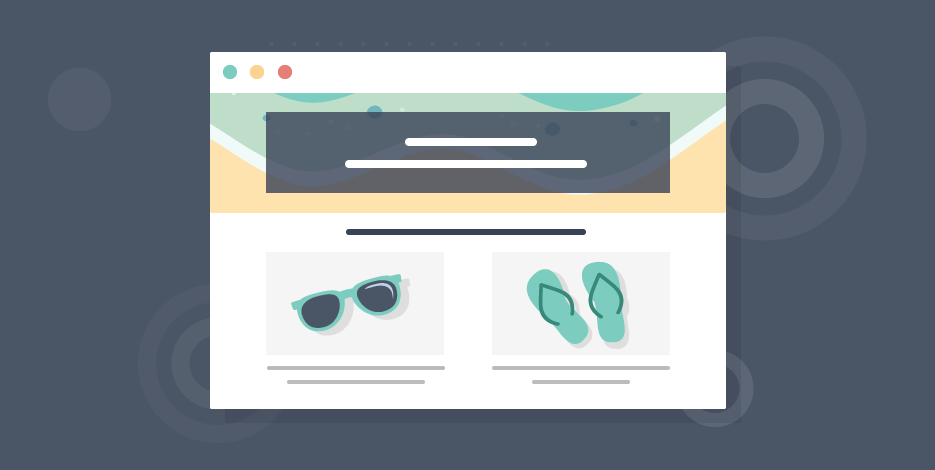
What Is Email Personalization? Definition, Benefits, And Tactics [2025]
Businesses should add a personal tone to their communications to make their email marketing dreams come true. That’s why email personalization is one of the best go-to digital marketing strategies to boost customer engagement and conversions.
In this guide, you’ll find:
- The definition and benefits of email personalization
- Stats that prove its contribution to business growth
- Three top email personalization software
- Top personalization and data collection strategies
Ready to personalize your emails? Let’s take it from the top!

The easiest and most affordable email marketing and newsletter software!
What Is Email Personalization?
Email personalization is a data-driven digital marketing strategy aiming to deliver personalized email campaigns to the right customers at the right send time. The information needed to create personalized messages varies based on the goal of your campaign. For example, it can be their first name, demographics, behavioral data, or purchase history.
Email personalization strategies are usually powered by marketing automation software like Moosend or Mailchimp. They enable users to set up and schedule timely and relevant messages, following basic or complex criteria in simple steps.
Overall, email personalization helps you reach your target audience faster compared with other popular marketing methods, such as social media marketing and search engine optimization (SEO). Plus, it is a cost-efficient solution suitable for every business.
Why Is Email Personalization Important For Businesses?
Yes, personalized marketing is at the core of customer communications, but why? Here are some of its top benefits:
1. It Increases Open Rates and Conversions
When your subscribers see your newsletter for the first time in their mailbox, they must decide if they’ll open or ignore it. If they sense that your message is relevant to them, they’ll be more willing to have a look, which can ultimately boost your open rate.
However, your challenge doesn’t stop there, as now you should bravely attempt to increase your click-through rate, too. A consistent, personalized experience and a clear call-to-action can shield the deal.
For instance, if you know your customer’s buying preferences and you give them a relevant special offer, you’ll convert them by all means.
2. It Nurtures Relationship With Customers
Sending personalized and relevant content to your target audience will also enable you to build a deep connection with them. Consider how many annoying email marketing campaigns you receive per day. What do you think of those brands?
On the other hand, when your favorite brands take your needs and preferences into account, and this reflects on their campaigns, you’re prone to love them. And this relationship is based on trust, one of the most important elements of humane bonding.
3. It Boosts Engagement and Business ROI
Targeted emails bring business growth, especially for eCommerce stores. If you start promoting the proper products/services to the right customers, you’ll notice a positive shift in your email marketing ROI.
Want to see some compelling stats proving that email personalization is indeed an efficient solution that can maximize your resources? Then off to the next section we go!
Email Personalization Stats
If you need more evidence about the benefits above, here are some email personalization statistics justifying its power:
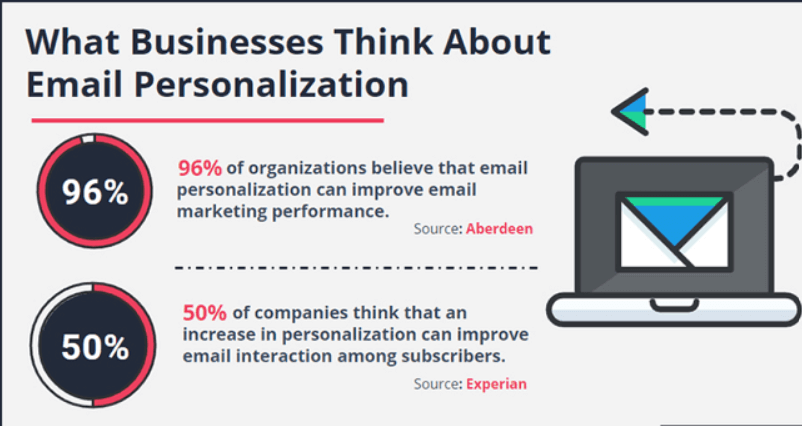
- Personalized email subject lines can increase open rates by 26%.
- Targeted emails can drive three times the revenue per email of broadcast emails.
- 74% of marketers stated that targeted personalization boosts customer engagement.
- The median ROI generated by personalized email marketing is 122%.
- 80% of consumers stated that they are more likely to purchase from brands offering personalized experiences.
As you can understand, there’s no doubt that personalization should be on your priority list if you want to get email marketing right. So if you’re already convinced, let’s move to the top software solutions to power up your email marketing strategy with the proper tools.
Top 9 Email Personalization Techniques
Ready to use the best personalization strategies to capture your readers’ attention? Here are the top methods:
1. Sender’s Name
When your email arrives, the first thing that your reader sees is the sender’s name. The rule is simple: the more personal it is, the better. But what does that mean?
When sending an email to your subscribers – especially for B2B organizations – avoid using a generic sender’s name as it will look unnatural to them. Instead, use the name of a person they usually interact with, for example, an account manager or sales agent, to make it feel more humane.
![]()
Look at the sender’s name above by MasterClass. They added the name of the course instructor Lewis Hamilton to entice the readers to open the emails on the spot.
2. Subject Line
Now let’s move on to the second line of text readers see when they receive your email campaigns – the subject line. The subject line should reflect the goal of the campaign and entice readers to open it at first sight.
As mentioned in the stats earlier, personalized subject lines receive up to 26% open rates, which is an excellent booster. So add the customer’s name on the subject line, using personalization tags, and you won’t regret it.
3. List Segmentation
How often do you sort out your email lists? List segmentation is one of the most widely used methods to send personalized campaigns. You divide your master list into smaller targeted ones based on specific criteria, such as demographics, geographic location, time zone, or behavioral information.
For example, if you run an eCommerce business, here are some segments to consider:
- Age
- Gender
- Profession
- Income
- Family status
The options are limitless here. Knowing your top buyer personas’ customer journeys and characteristics will enable you to do the sorting gradually. Plus, if you operate in B2B organizations, you can use company size and industry criteria to form targeted emails.
Not sure how to segment your audience? With Moosend, you can access endless grouping possibilities that make personalization a piece of cake. Specify your criteria and reach out to customers likely to convert.
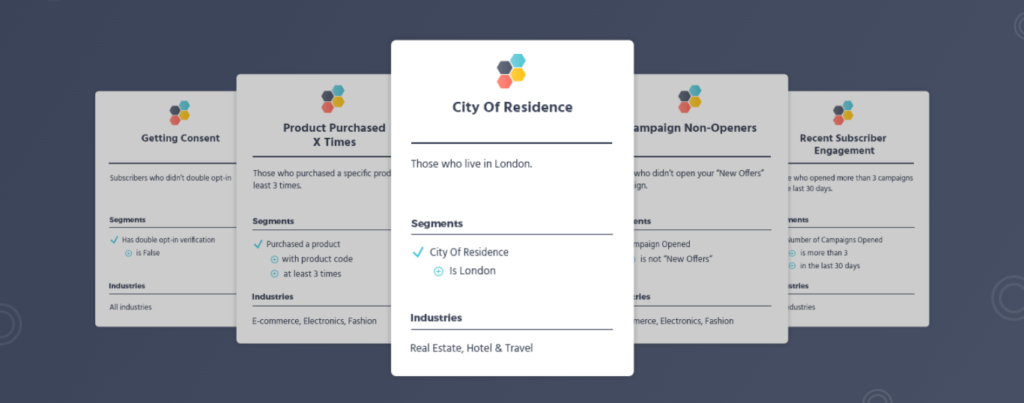
4. Triggered Emails
If you want to take personalization to the next level, set up automatically triggered emails based on the customer’s behavior. By interacting with you at certain critical moments, they get reassured that their action is completed, and they feel they’re in safe hands.
Here is a sample of triggered emails:
- Welcome emails
- Purchase confirmation
- Event registration
- Re-engagement
Every transactional email is an opportunity to nurture customer relationships. To keep your connection transparent and trustworthy, make sure to add the proper info and call-to-actions, even unsubscribe buttons. Here’s a welcome email example by BABOON that will send customers over the moon:
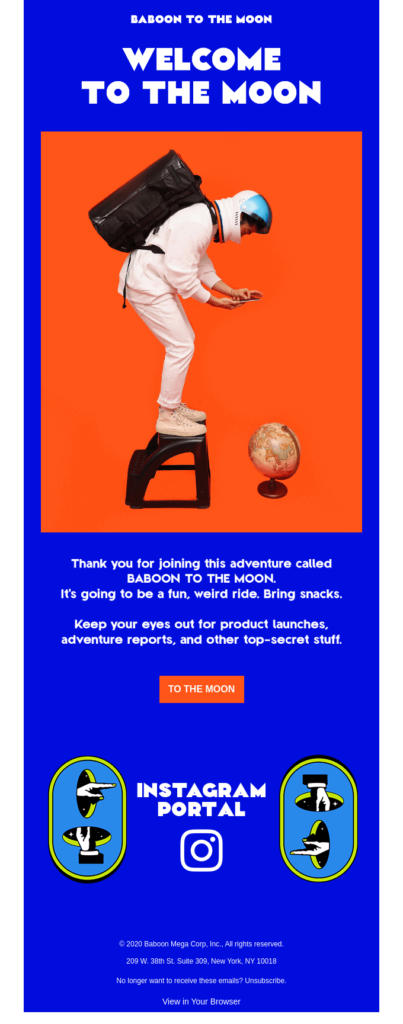
5. Dynamic content
Do you want to personalize the content for each subscriber to boost conversion rates? You can utilize dynamic content to send relevant and timely campaigns to each customer based on specific criteria.
For example, you may want to send different offers to customers in different geographic regions, even countries. You can set up customized content variations, e.g., in other languages, to reach maximum results. This can vary from copy to imagery based on your goal.
With Moosend, you can build dynamic content using our Custom Fields. Divide your mailing lists according to the criteria you’ve chosen and send email campaigns that users will find valuable and helpful.
6. Product Recommendations
Tracking your customers’ behavior is a must for eCommerce business owners. And knowing their preferences, previous purchases, or browsing history will help you bring the right products in front of them.
For example, you can use this information to support cross-selling and upselling initiatives. On the other hand, if you send newsletters with irrelevant product suggestions, they may lose faith in you and flag you as spam or unsubscribe. So make sure to consider this data before you craft your next newsletter.
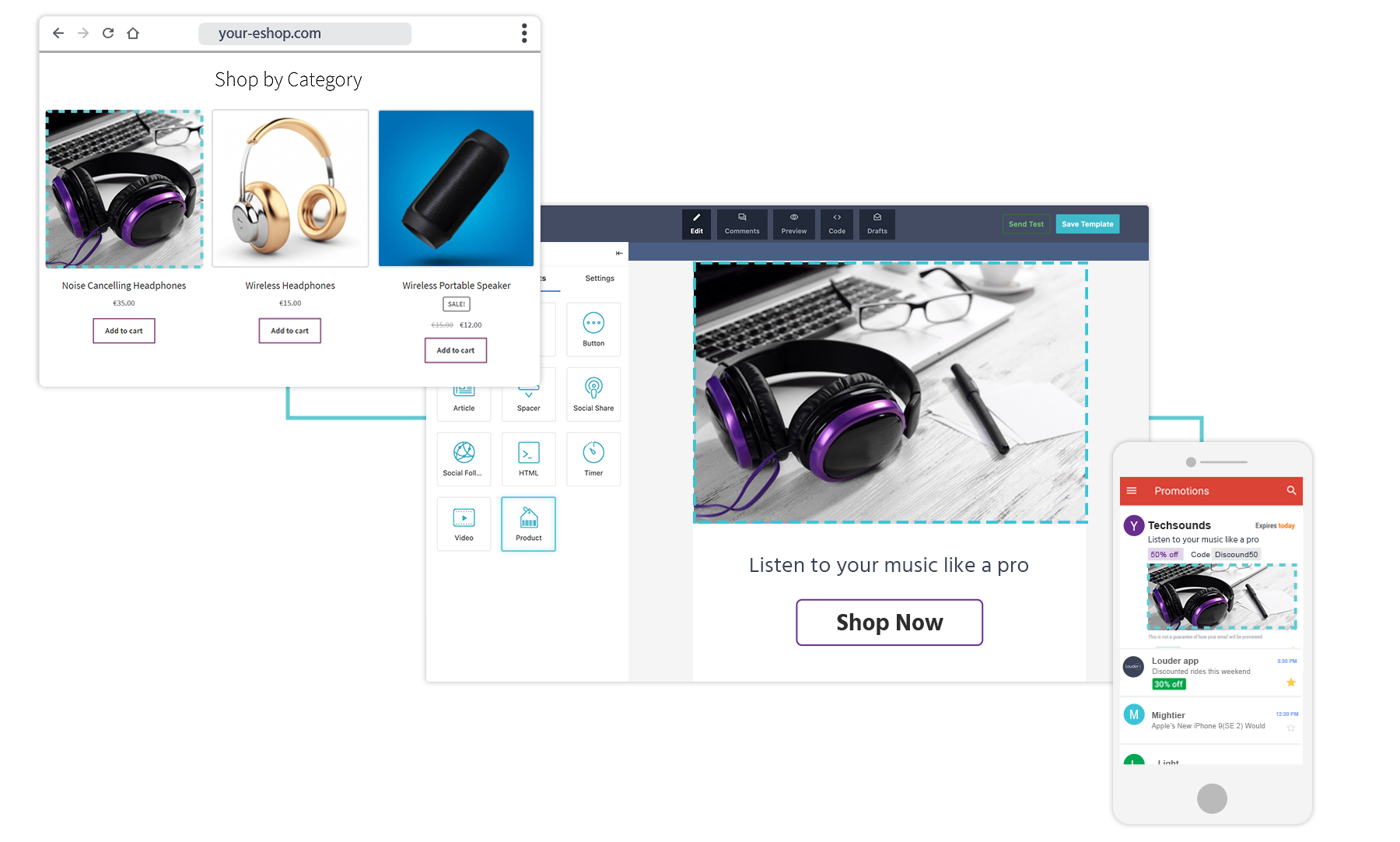
Ready to roll up your sleeves? Log in to Moosend’s editor and tweak the Product Recommendation block as you like. Fill in the necessary details and amaze your subscribers with your selected products.
7. Cart Abandonment
This behaviorally triggered email is one of our favorites, mainly because it works most of the time. A cart abandonment email reminds your website visitors that they’ve left some fantastic items on their shopping cart.
Based on a Moosend report, abandoned cart emails have a 45% open rate, and 21% of these campaigns are clicked on. And most importantly, half of the users that clicked on the campaigns completed a purchase.
If you want to ensure that these efficient emails will convert, add a sense of urgency on the copy or CTA.
8. Weather-Based Recommendations
Do you want to adapt the emails to the subscriber’s weather condition? Then Moosend’s Weather-Based Recommendations feature is made for you! You can drive inspiration from this example by The North Face:
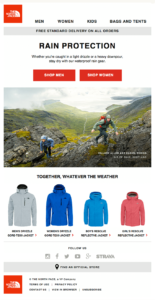
Whether it’s sunny, rainy, or cold, send appropriate items to your customers to help them out. Be it a scarf or a swimsuit, make them feel that you know exactly what they need and offer it to them generously. They’re going to love you!
9. Milestones & Celebrations
Why not celebrate your anniversary or some of your most incredible milestones with your beloved customers? They will adore this initiative, especially if you have something to give them in return, such as a discount or even a great resource for their eyes only.
Plus, if you want a campaign that will stand out in your customers’ mailboxes, then birthday emails should be on your checklist. Send them a lovely gift on this special day, and they will appreciate it for eternity.
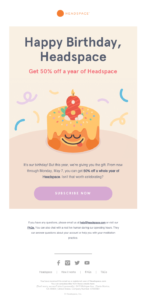
Or send them a gift when it’s your own birthday as Headspace did. What a plot twist!
5 Personalized Email Examples That Work Wonders
Let’s see some effective email examples from top brands and retailers that use personalization to attract new and existing customers:
Four Seasons
Subject Line: Marilia, book by Dec 31 to enjoy 20% off
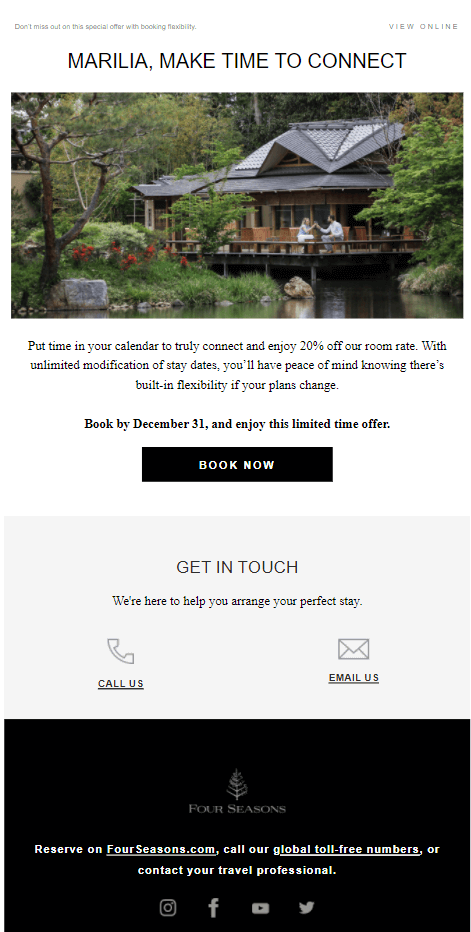
Are you ready for your next big traveling adventure? In this newsletter, Four Seasons used the subscriber’s name on the subject line and email content to make the customer or prospect feel unique. Plus, the subject line includes a big incentive which also appears above the main call-to-action of the email.
Moment
Subject Line: Leave something behind?
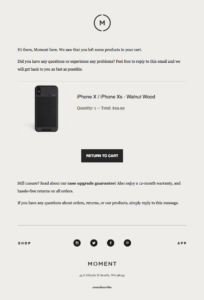
We’ve already mentioned how powerful abandoned cart emails are. Here’s a simple template by Moment to remind their buyers about the recent item they intended to buy. They’ve also mentioned the 12-month warranty and case upgrade guarantee if the buyer is still hesitant to complete the purchase.
Good Eggs
Subject Line: Check out our late summer picks – see what’s new at Good Eggs
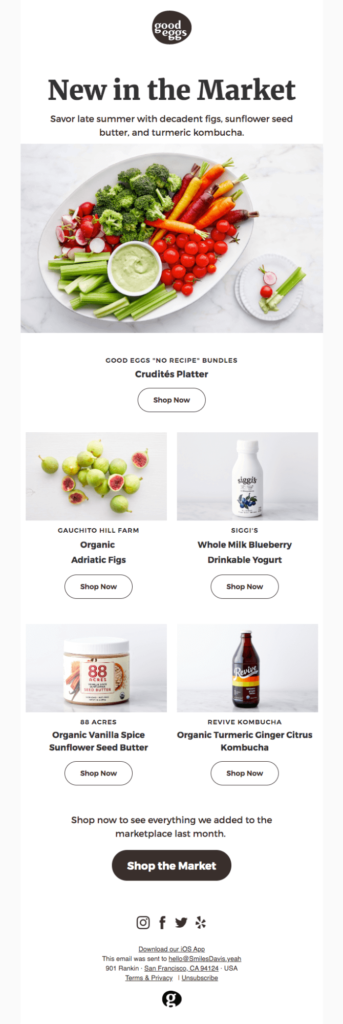
This email by Good Eggs introduces new products to customers. When personalizing these recommendations, you increase the likelihood of gaining valuable visibility and ultimately converting. As you can see, the “Shop now” buttons here are hard to neglect. It’s also essential to add consistent landing pages to prompt the buyers to reach the checkout.
YouTube
Subject Line: Never miss the latest hits with YouTube Music
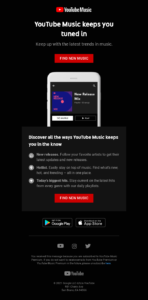
It’s wise to nudge your customers and subscribers every now and then to remind them of your fantastic products/services and win them over again. This is a re-engagement campaign by YouTube, presenting subscribers with a certain service and its basic features.
MacPaw
Subject Line: Happy CleanMyMac-versary! Grab your discount 🎁
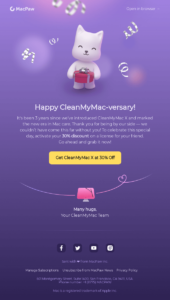
Time to celebrate your relationship with your customers and your biggest milestones, as MacPaw did. Your buyers will always appreciate a nice gift, for example, a coupon or a discount, especially if they did not expect it. So don’t lose that great opportunity!
Data Collection Tips For Email Personalization
So how can you gather the data to create segments that will lead to highly personalized experiences? Off to the methods we go:
Sign-up forms
First off, you can place subscription forms on your website to start collecting your visitors’ email addresses. This will help you get a head start with your email personalization. However, it’s best to avoid asking more than their basic data like their name and address, as it’s best to win their trust first.
Here are the main sign-up form types to consider:
- Pop-up form: it appears at the top of the page and the visitor should either complete it or close it to continue their navigation.
- Floating bars: they’re either at the header or the footer of the website and stay as long as the visitor scrolls down.
- Fixed form: similar to the floating bars, they appear at a particular part of the screen.
- Inline forms: they appear at the full width of the screen, and the user cannot close it.
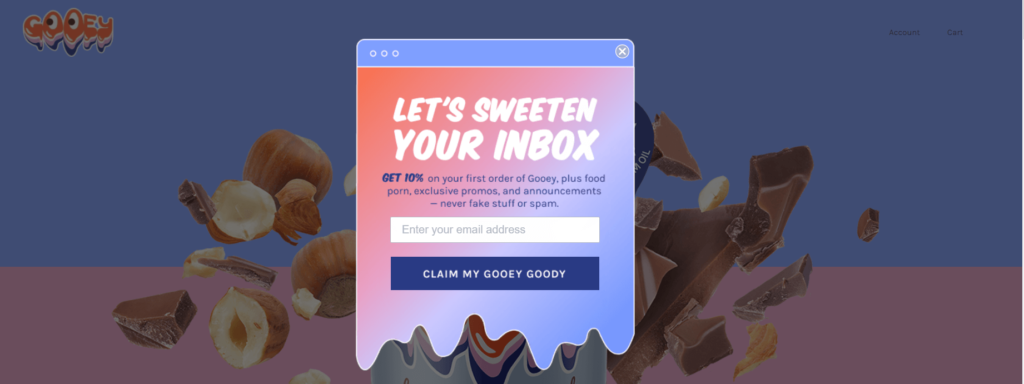
Look at the pop-up form above made by Gooey Snacks. To make the subscription form more appealing, they offer an incentive to customers, in this case, a 10% discount on their first order. It’s wise to do something similar to collect those email addresses faster.
Customer Surveys
Now that you have those customers by your side, it’s time to dive deeper into that data. Once you define your target audience, you can craft customer surveys to build effective segments and lists.
From demographics to customer preferences and product quality, make sure to ask short and concrete questions that customers won’t skip. The best format consists of consistent rating scales and open-ended questions. Avoid asking vague questions as this might reduce the replies.
Moreover, consider providing an incentive to them, such as an Amazon coupon for lucky survey participants to get more responses.
Integrations
Finally, another way to collect that valuable data is through your additional marketing or sales stack, native integrations or via API.
For example, you can sync your data with your CRM or solutions such as Hubspot and start using them to boost your email personalization efforts. It’s totally worth it.
Kind reminder, especially for newbies: to start mailing your customers you need their opt-in first, to avoid spam ratings and unsubscribes.
Email Personalization Tools To Nail Your Strategy
Let’s have a sneak peek at three top-tier marketing software that can make personalization go easy on you:
1. Moosend
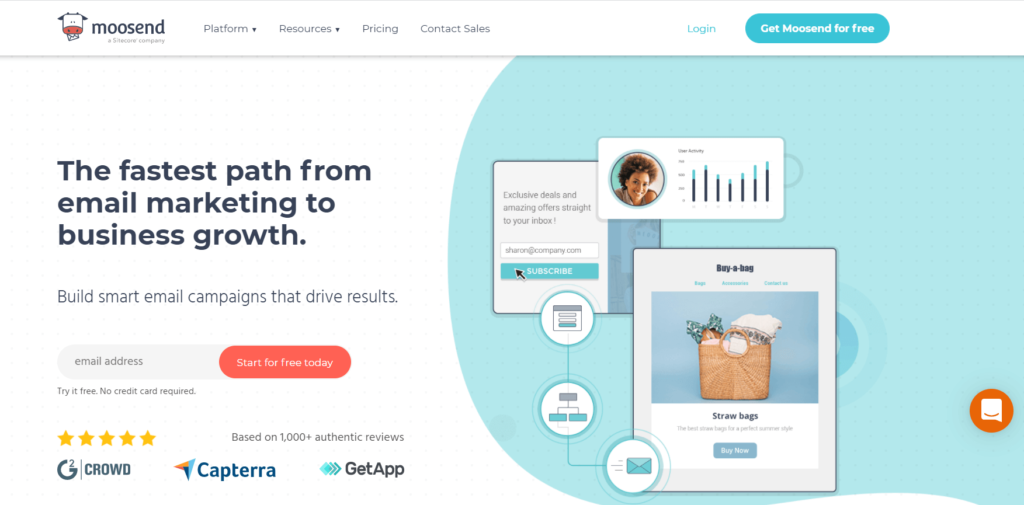
Moosend is an all-in-one email marketing service with excellent personalization capabilities. It lets you craft emails from scratch, using its intuitive designer or ready-made templates easy to customize.
Its segmentation and audience management functionalities will help you tailor your campaigns to the right audience. With personalization tags and custom fields, this process becomes a piece of cake. Plus, the platform offers great resources to help you set up these campaigns effortlessly.
And it doesn’t stop there! Through its advanced reporting and analytics tools, you can track the results of your campaigns in real-time and improve your personalization efforts over time. Plus, you access A/B testing to see what works best for your target audience each time.
Pricing: Paid plans start at $9/monthly. You can also request a free 30-day trial to see how our beloved platform works for you!
2. Klaviyo
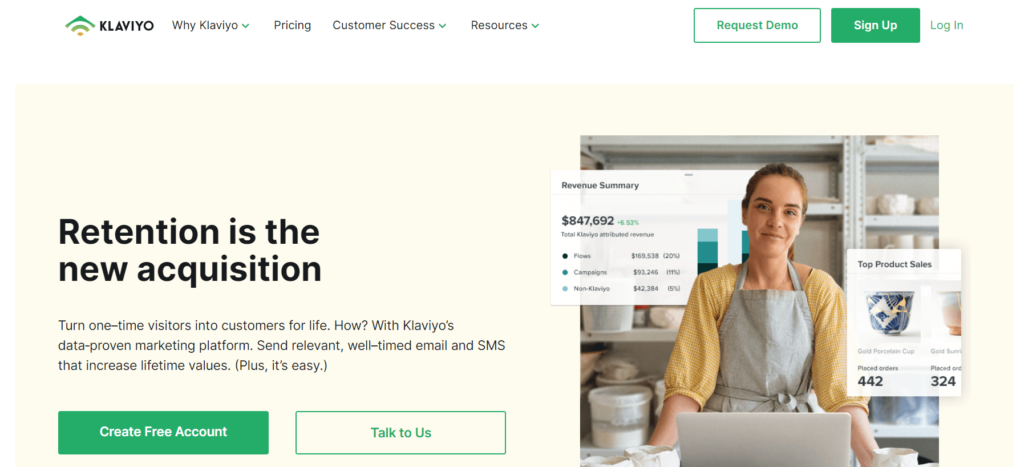
Klaviyo is an email and SMS marketing platform that enables users to power up their personalization initiatives. It specializes in form building, allowing you to collect valuable data from your customers and prospects quickly.
And of course, once the customer data is in place, you can start segmenting those contacts dynamically based on your chosen criteria and couple your activities with SMS marketing for better outreach.
For a more in-depth look, you can find our Klaviyo review here. Or if you need to learn about other options, take a look at these Klaviyo alternatives.
Pricing: Klaviyo offers a free plan for up to 250 contacts and 500 email sends. Paid plans start at $20 monthly.
3. ActiveCampaign
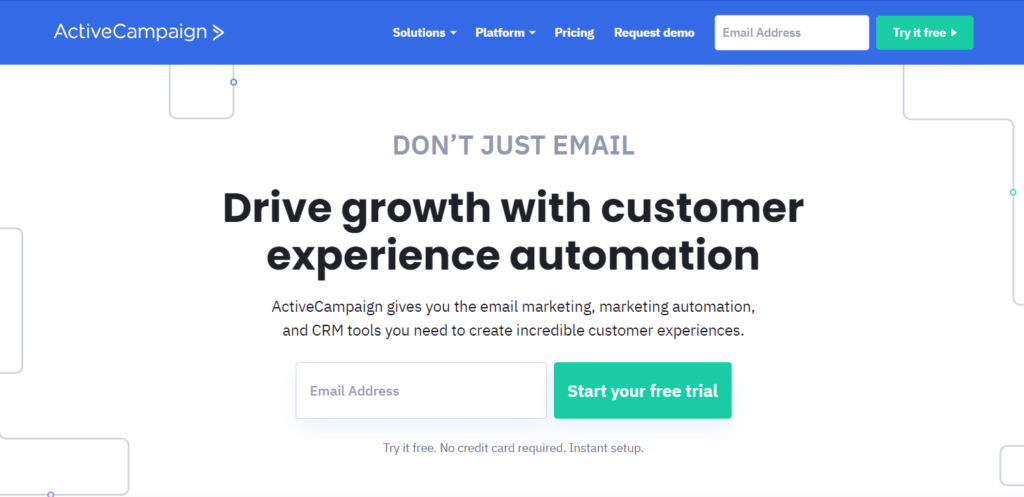
ActiveCampaign is a customer experience automation platform with email marketing capabilities, among other functionalities, such as CRM and sales engagement.
You can utilize the segmentation and dynamic content features to create triggered, targeted, and autoresponder campaigns. It also allows you to perform split testing and manage your audience simply for maximum results.
For more details, refer to our ActiveCampaign review. And for similar options, you’ll find plenty of ActiveCampaign alternatives here.
Pricing: ActiveCampaign doesn’t offer a free plan but gives users a free trial. Overall, they have four different packages, starting at $15/month for 500 contacts.
Email Marketing Personalization To The Rescue
From all the common digital marketing methods, such as social media marketing or search engine optimization (SEO), email gives you immense power or personalization. Targeted experiences will maximize customer engagement and retention if you know your audience well. Hit the road and see your metrics flourish.
So if you want to start targeting your customers with personalized messages, sign up for a Moosend account today and reap all these benefits with the minimum effort and cost.
Email Personalization FAQs
Looking for some quick answers about this method? Here’s a quick-fire round of frequently asked questions about email personalization:
1. What Is A Personalized Email?
Personalized emails are targeted messages customers receive at the right time during their customer journey via email. The more relevant the content is, the higher the chances to convert.
2. How Does Segmentation Relate To Personalization?
List segmentation is a popular email personalization method with successful results. It divides the subscribers into different groups based on their characteristics and interests to deliver tailored messages to them.
3. Which Are The Best Email Personalization Methods?
Some of the most common email personalization methods are: 1) List segmentation, 2) Personalized subject lines, 3) Dynamic content, 4) Behavioral triggered emails, and 5) Product recommendations.
4. Which Are The Top Email Personalization Tools?
The three top email personalization tools are Moosend, Klaviyo, and ActiveCampaign. You can also integrate platforms like Hyperise with your existing marketing stack to boost your personalization efforts.
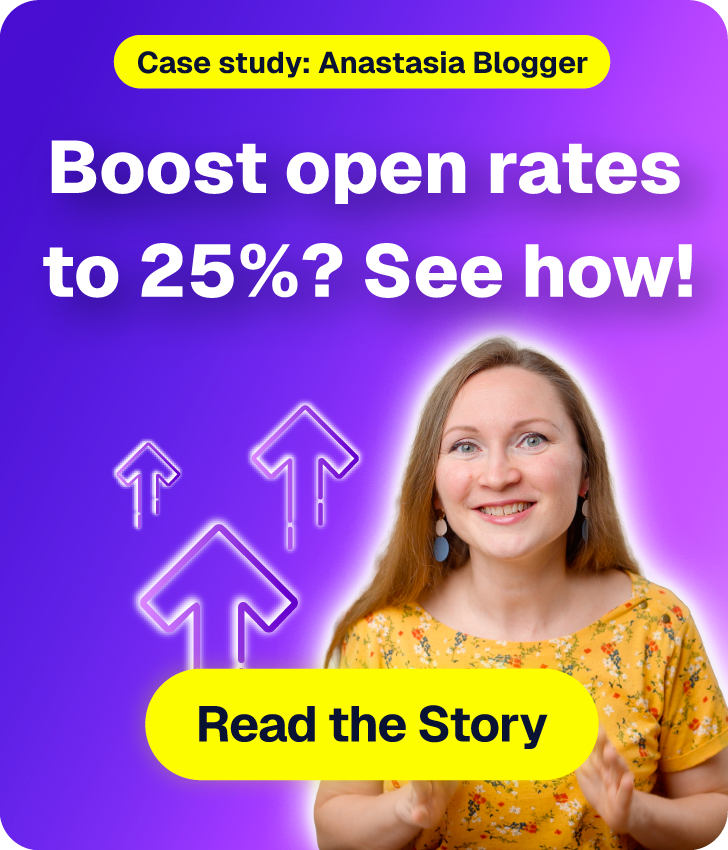
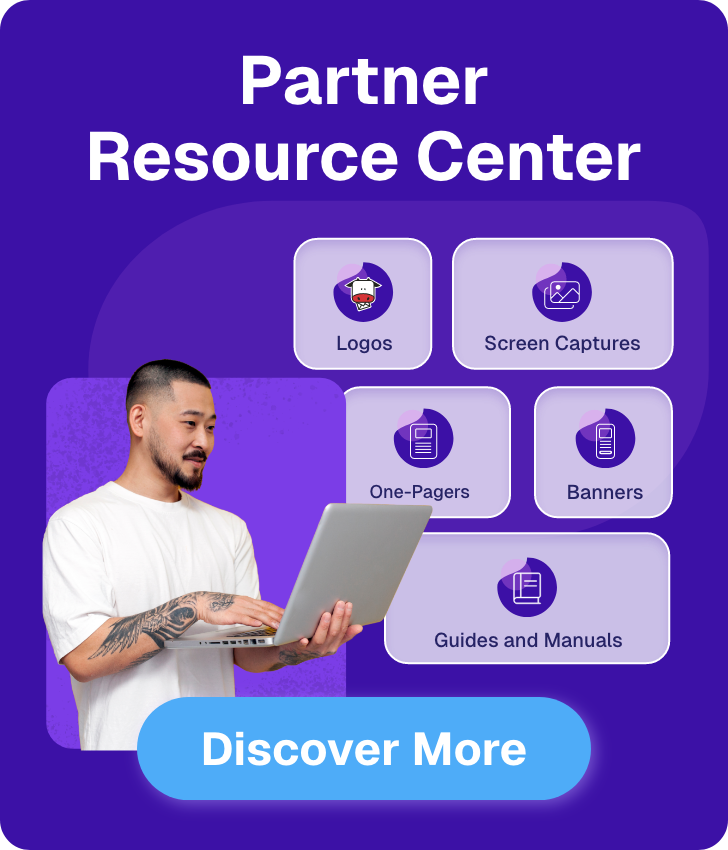

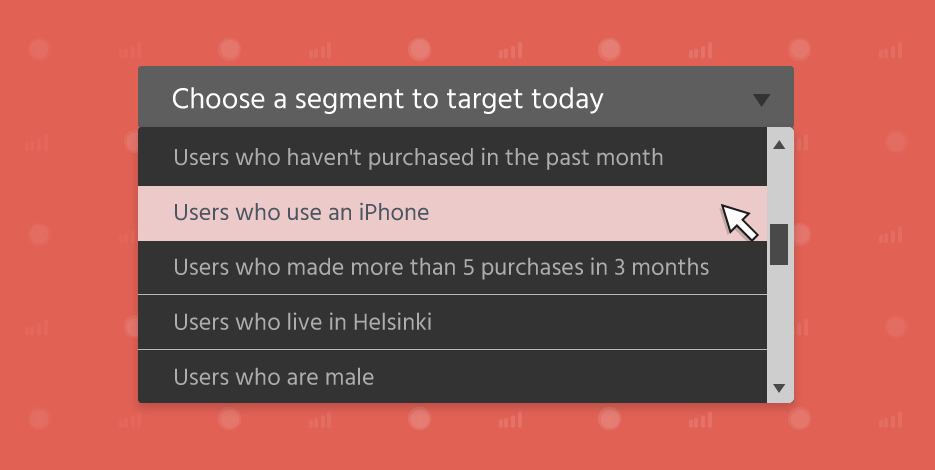
 Published by
Published by

